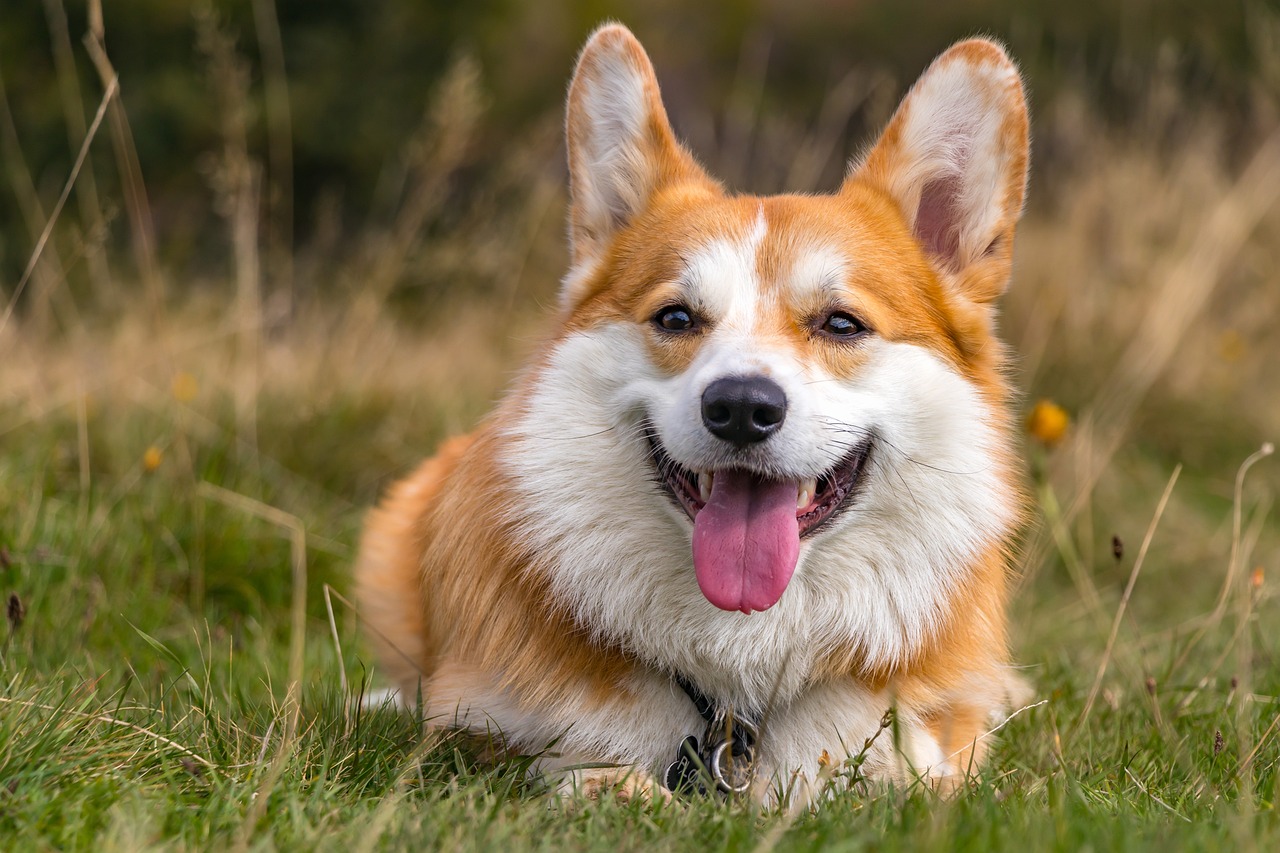Young cats play actively, but even watching the movement of a toy can bring enjoyment to a senior cat. COURTESY PHOTO
Is your cat happy? September — Happy Cat Month — is a good time to find out what makes cats purr and ensure that you’re meeting their needs.
Cats have a reputation for being mysterious, aloof creatures, but if we look beneath the surface, we find that what makes them happy isn’t so different from what makes us happy. They enjoy companionship with people and other animals, play and activity, good food, proper care and an interesting environment. None of those things is difficult or expensive to provide.
Contrary to popular belief, most cats enjoy spending time with their people. A 2017 study at Oregon State University’s Human-Animal Interaction lab found that half of the 38 cats in the study sought out the company of humans — even when food and toys were alternatives. Make it a priority to spend time with your cat in a way they enjoy, whether that’s a few minutes of lap time or play with a favorite toy.
Cats also can enjoy the companionship of other animals. When adopting a kitten, current advice is to get two from the same litter so they can be lifelong friends. Cats can also learn to love dogs, especially when introduced at an early age. The idea that cats and dogs are sworn enemies is a myth, a truth borne out by the many cat-and-dog friendships in thousands of households.
Watching a kitten or cat play is often more entertaining than any television show. Kittens, especially, will leap and spin and chase until they collapse for a nap. And you don’t have to spend a lot on toys for them. An empty box (uexpress.com/pets/pet-connection/2016/12/26), a wadded-up piece of paper or a paper bag with the handles cut off are all feline favorites.
Zazie Todd, author of “Purr: The Science of Making Your Cat Happy,” says that rather than sturdy toys that hold up for a long time, cats may prefer paper or cardboard items they can shred. “Cats sometimes like when their toys start to disintegrate because it’s more like if they had actually caught something.”
Cats like variety and novelty, too. It’s a good idea to rotate toys regularly. When you bring them back out a few weeks later, they’re new again.
Cats have a reputation as fussy eaters, and that may be partly related to their status as obligate carnivores, or hypercarnivores, meaning they must have meat in their diet. That’s because cats lack the enzymes needed to produce the essential amino acids arginine and taurine; vitamins A, D and niacin; and some essential fatty acids. They have a genetic mutation making them indifferent to sweet flavors, plus at least seven functional bitter receptors, which may also influence what they’re willing to eat.
According to a 2019 study, cats appear to prefer diets containing about 30% of calories as protein, 27% as fat and 43% as carbohydrates. Always choose a food with a statement on the label saying the diet is complete and balanced and has undergone feline feeding trials.
One common misconception is that cats don’t need to be groomed because they clean themselves. Not so! Brushing is important to help remove dead hairs, distribute skin oils and make sure medium- and longhaired cats don’t develop mats and tangles. Most cats love the feel of being brushed, and it’s a great way to spend time with them.
What makes an interesting environment for a cat? Places where they can perch high, ideally in front of a window; places where they can hide; some safe, tasty and easily accessible potted plants to nibble on, such as tender grasses, parsley, thyme, valerian and of course catnip (no lilies!); an assortment of toys that will stimulate their hunting and pouncing instincts; a great scratching post (uexpress.com/pets/pet-connection/2017/12/18) and for cats who delight in the wet stuff, a small fountain. For more ideas, look here: fearfreehappyhomes.com/its-cat-play-fun-feline-enrichment. ¦









:max_bytes(150000):strip_icc():focal(984x449:986x451)/dogs-fourth-of-july-7-070125-e5ed833b5e704a2b8087e45854cd4bed.jpg)